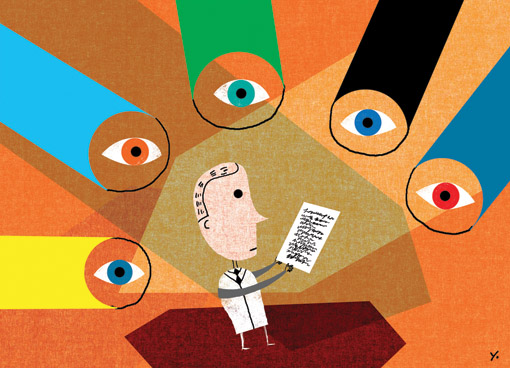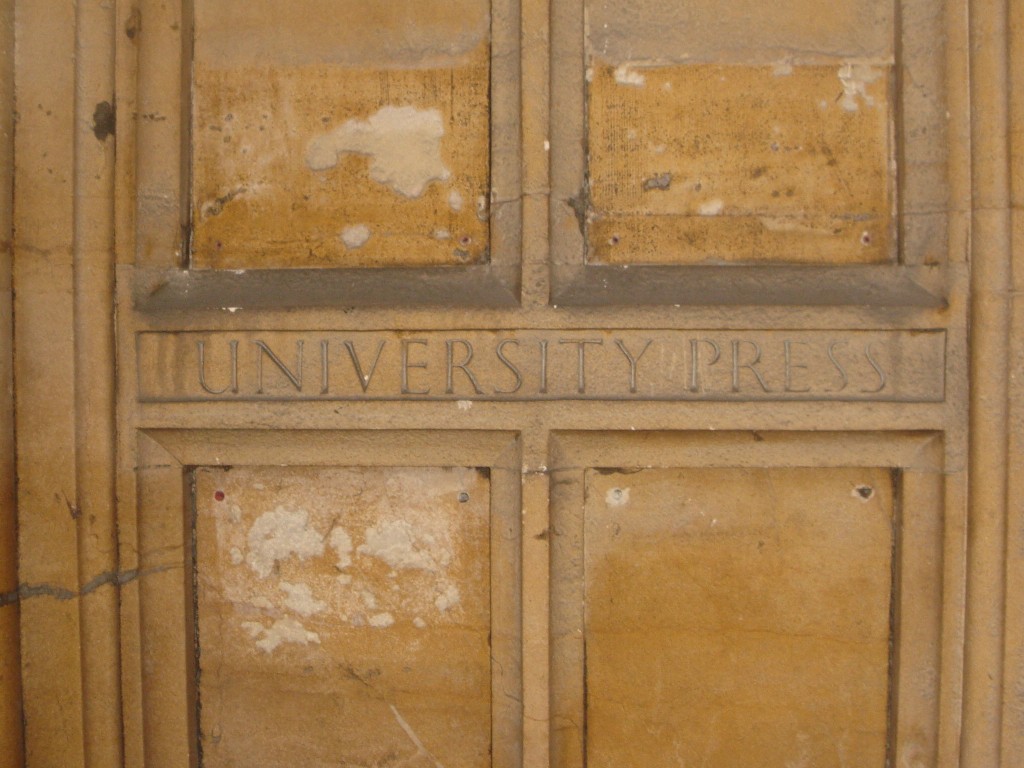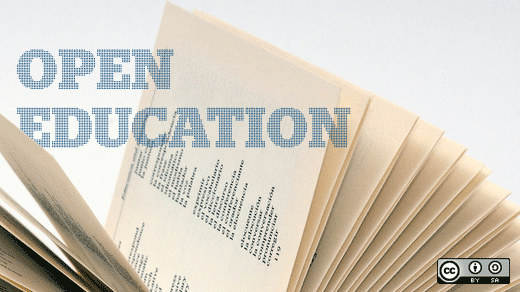This week at Temple Libraries, we are hosting Sarah Faye Cohen, the Managing Director of the Open Textbook Network. Based at the University of Minnesota, the Open Textbook Network was founded in 2014 to help promote the use of open textbooks. One way the organizations does this is through their Open Textbook Library, a searchable database of open textbooks from across the disciplines. As of today, the Library contains over 200 textbooks. To be included in the Library, textbooks must be complete works, have an open license, be available as a portable file, and be currently in use at a college, university, scholarly society, or other professional organization. In advance of her talk, Sarah was kind enough to answer a few questions for us about the Open Textbook Network and open textbooks more generally.
How did you get interested in open textbooks?
When I was Associate University Librarian at Cal Poly, we were dealing with incredibly long lines at course reserves. As we were trying to address that challenge and learn more about students’ need for access to textbooks, we were also starting an open education program. When I learned about open textbooks, I saw a real opportunity for the library to support our students and engage our faculty.
What’s one thing every faculty member should know about using an open textbook?
That an open textbook offers them the opportunity to meet their course objectives and engage all the students in their classroom (as opposed to the ones that could afford the book) through the 5Rs: retain, reuse, revise, remix, and redistribute. Every student can access and keep the book, and if you have ideas for how a book can be improved, you can make the change! Creative Commons licenses really are incredible!
How should faculty members evaluate the open textbooks they find on the web?
We hope that they will start by looking at the Open Textbook Library. We encourage faculty to use the reviews in the catalog from faculty at other OTN schools to help them evaluate each book.
Why should a faculty member consider creating his or her own open textbook?
I’m not sure that they should. I hope that a faculty member will consider using an open textbook and then perhaps adapt that book – one of the most powerful, valuable, and important qualities of open – to better fit their course, by incorporating their own research or updating the content. If there is not a book yet available in their discipline, creating an open book ensures that students have access to their content because it is free, and that fellow faculty can use the book as a basis for their courses.
While open textbooks are free to read, they still cost money to produce. What model do you think best supports the long-term financial stability of open textbook projects? (i.e. foundation money, charging for printed copies, providing career incentives for faculty, etc.)
You’re right, textbooks are expensive to produce and there are a number of different models out there to support the creation of books. I think that the more higher education institutions pool their resources (including financial resources) and expertise to support open, the better.
Finally, what do you think about the recent announcement that Amazon is developing a new platform for open educational resources (OER)?
It’s great that big players like Amazon (and Microsoft and Edmodo) are working to support OER. This is a sign that OER is becoming mainstream. We support any effort that advances open education and improves education.




